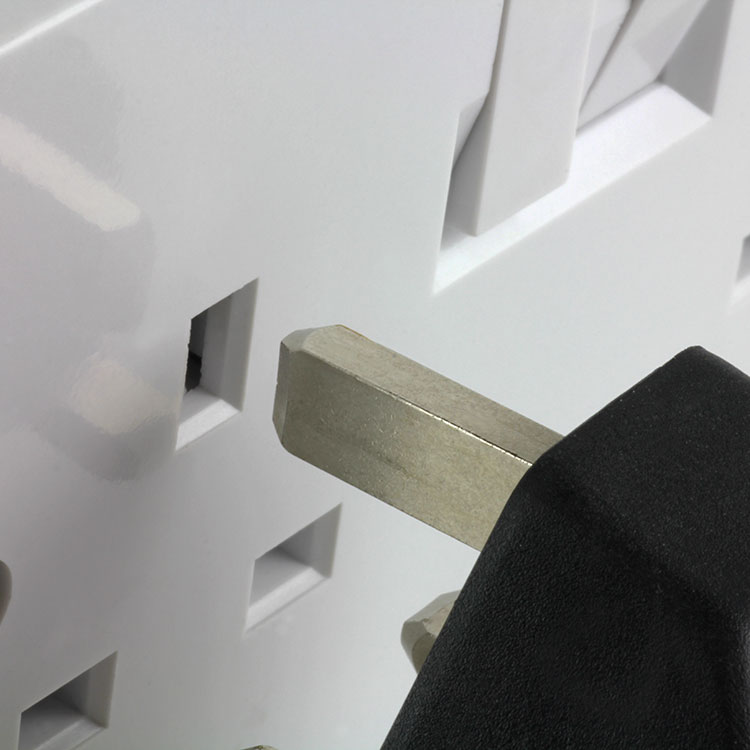Portable Appliance – Pat Testing
Portable Appliance – Pat Testing
Portable Appliance Testing, or PAT Testing as it’s commonly known, is the legal requirement to ensure that you have all your portable appliances testing over a pre-determined period.
The Electricity at Work Regulations place a legal duty on employees, employers and self-employed/sub-contracted persons to comply with the law. They require that a regular programme of testing and inspection is carried out and to ensure as far as possible that no danger results from the use of such equipment. This in effect requires the implementation of a systematic and regular program of maintenance, inspection and testing, which EDS can provide.
EDS carry out all testing in accordance with the IEE’s (Institute of Electrical Engineers) Code of Practice for In-Service Inspection and Testing of Electrical Equipment and conforms to HSE (Health & Safety Executive) guidelines. Before commencing any testing, we carry out a risk assessment to ensure work can be carried out safely, effectively and without risk to any individual.
- Guaranteed Reliable Service
- Electronic Copy of your Results
- Complies with Health & Safety
- Insurance Approved Testing
- Manufacturer Trained Engineers
- Established NICEIC Approved Company
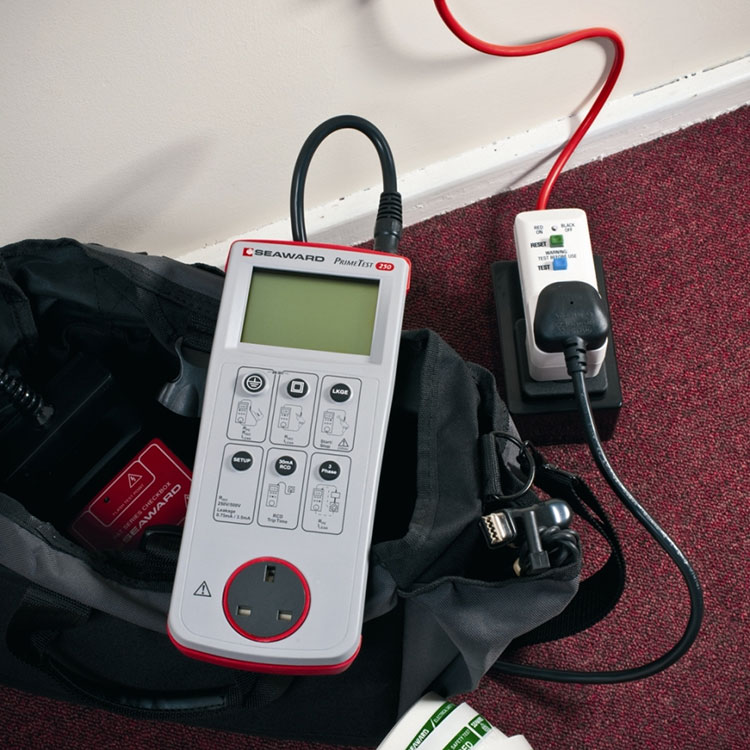
Portable Appliance – PAT Testing
PAT testing is carried out in several stages. Detailed below are the key tests which may be carried out during inspection & testing.
Visual inspections are carried out when the appliance is disconnected from the mains supply, checking that:
- Damage, such as cuts or abrasions to the cable covering.
- Damage to the plug such as a cracked casing or bent pins.
- Non-proprietary joints, including tape, in the cable.
- Equipment that has been used in conditions where it is not suitable, such as a wet or dusty workplace.
- Damage to the outer cover of the equipment or obvious loose parts or screws.
- Burn marks from overheating.
- The cord grip is holding the outer part of the cable tightly.
- The wires, including the earth wire where fitted, are attached to the correct terminals.
- No bare wire is visible other than at the terminals.
- The terminal screws are tight.
- There is no sign of internal damage, overheating, dust or dirt.
- Cables located so as to avoid damage.
- Means of disconnection and isolation readily accessible.
- Adequate equipment ventilation.
- Cups, plants and work material correctly placed to avoid spillage.
- Equipment positioned to avoid strain on cord.
- Equipment is being operated with the covers in place and any doors closed.
- Correct size fuse fitted that is both BS marked and ASTA marked.
This visual inspection will not include taking the equipment itself apart.
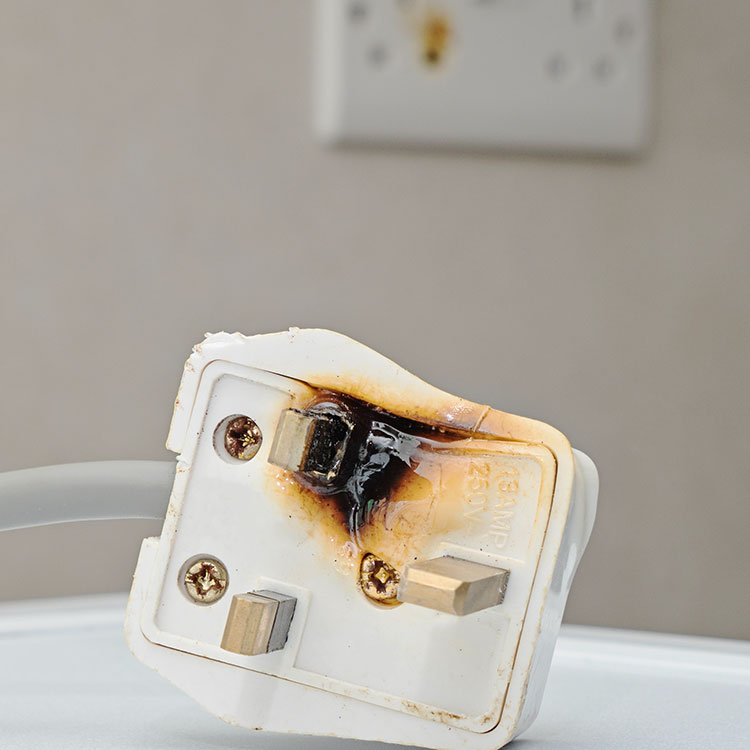
Portable Appliance – PAT Testing
The checks carried out as above will have identified most, but not all potentially dangerous faults. Some deterioration of the cable, its terminals and the equipment itself can be expected after significant use. Equipment may also be misused or abused to the extent that it may give rise to danger. Testing, together with a thorough visual inspection can detect faults such as loss of earth integrity, deterioration of insulation integrity or contamination of internal or external surfaces.
Examples of some of the tests that we will carry out, as deemed necessary, are as follows:
Earth Bond Testing
- The safety of certain appliances depends upon a connection with the earth for its safety.
- A test is carried out using electrical test equipment to ensure a safe earth is present in the appliance.
- The test is to ensure that the connection between the earth pin in the mains plug of the appliance and the metal casing of the appliance is satisfactory and of sufficiently low resistance.
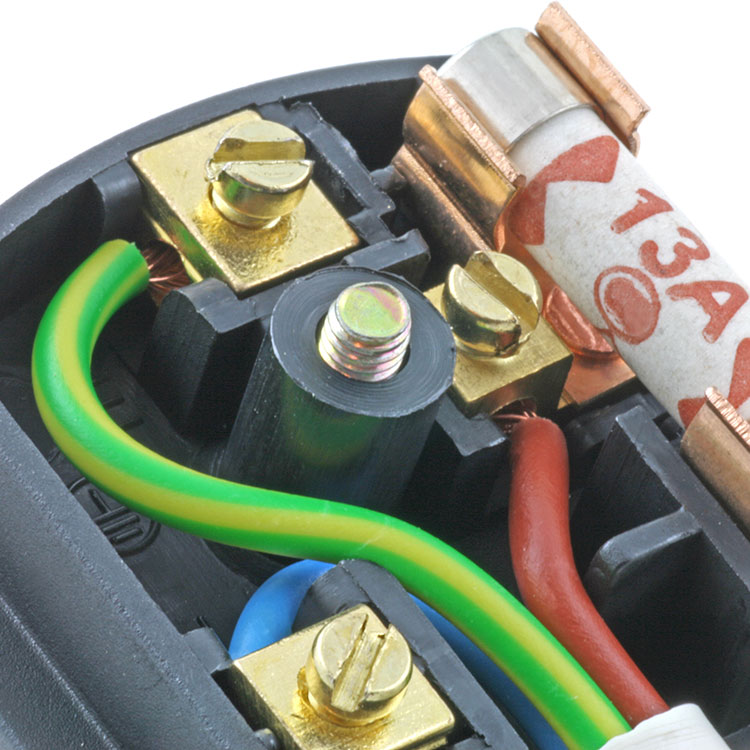
Insulation Testing
- A test is carried out using electrical test equipment to ensure the insulation resistance in the appliance is at a safe level.
- This test is used to verify that adequate insulation exists between the mains supply pins and the earth.
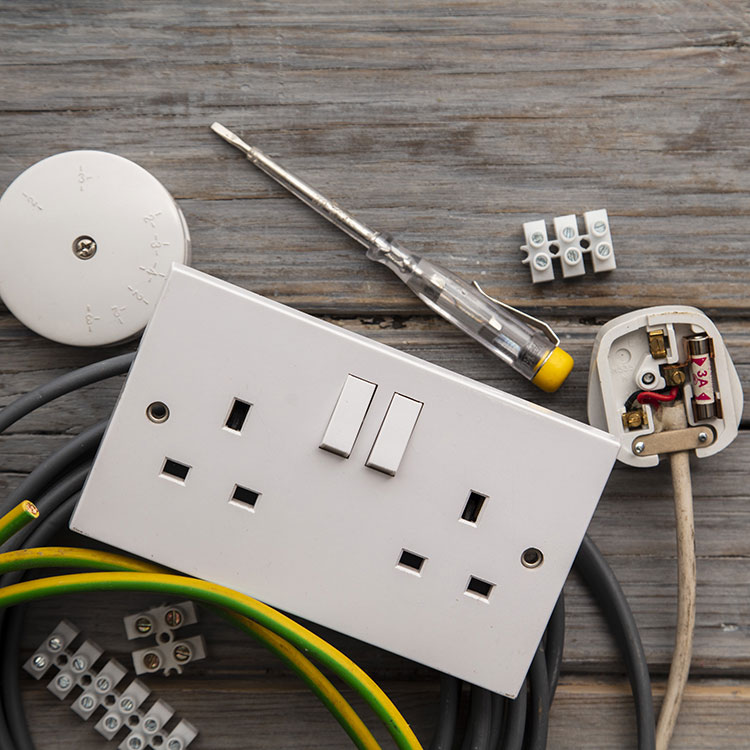
Substitute Leakage Test
- The substitute leakage test applies a nominal voltage of 40V AC RMS to the appliance between the earth pin and both the live and neutral pins of the supply plug.
- This test can prove useful in situations where neither conventional insulation nor flash tests are acceptable methods of testing the insulation of the appliance.
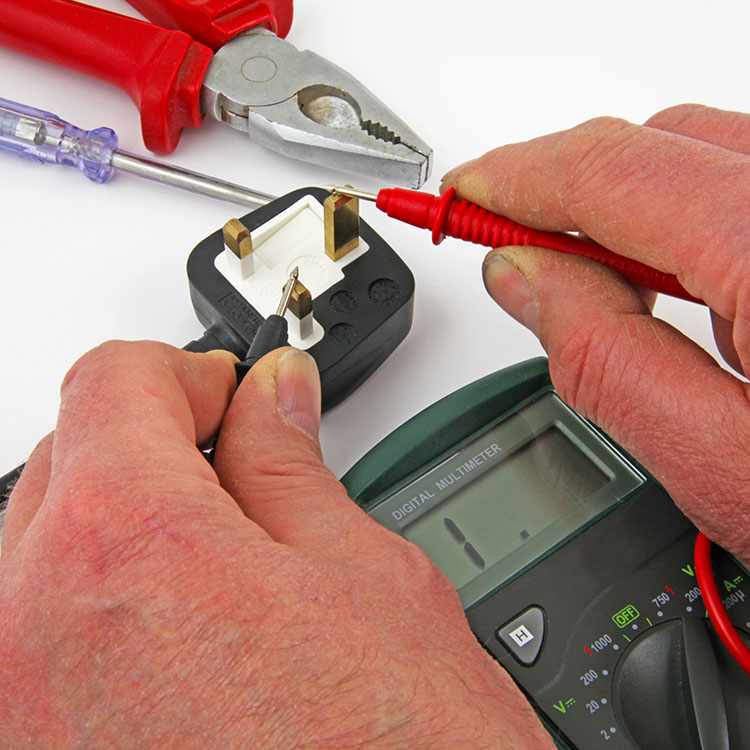
Flash Testing
- This test is rarely carried out and only then on certain appliances such as power tools.
- A test is carried out to measure the insulation of an appliance if a very high test voltage is applied to it.
- This test is used to determine that the insulation is of sufficient strength to prevent breakdown, particularly where high transient voltages are likely.
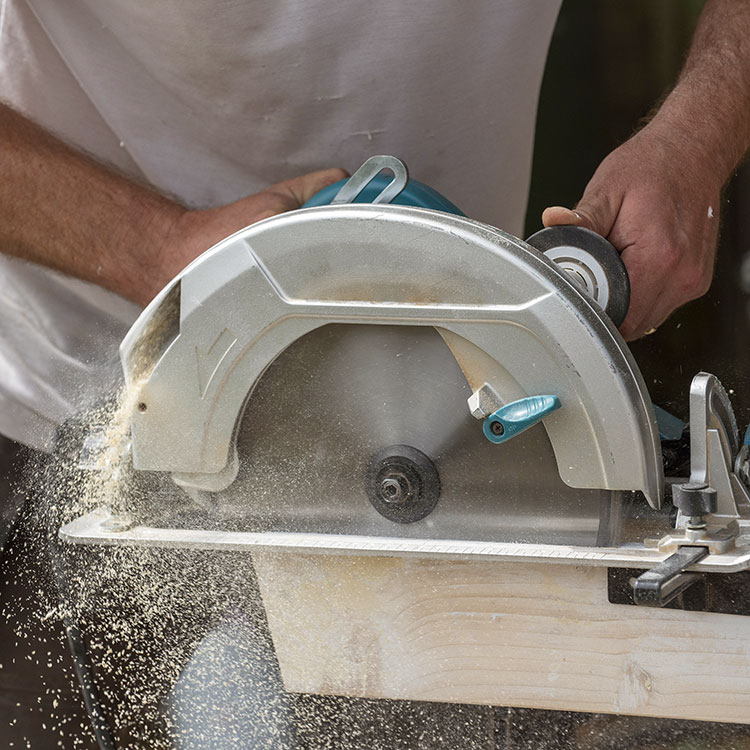
Earth Leakage Measurement
- A test is carried out to monitor the current flow through the earth lead of the appliance.
- The leakage test shows the current being lost through leakage as the difference in the currents flowing in the live and neutral conductors. This difference is the total leakage away from the appliance.
- This test is of particular value when an appliance incorporates a number of sequences which may change the electrical characteristics of the appliance during its operation.
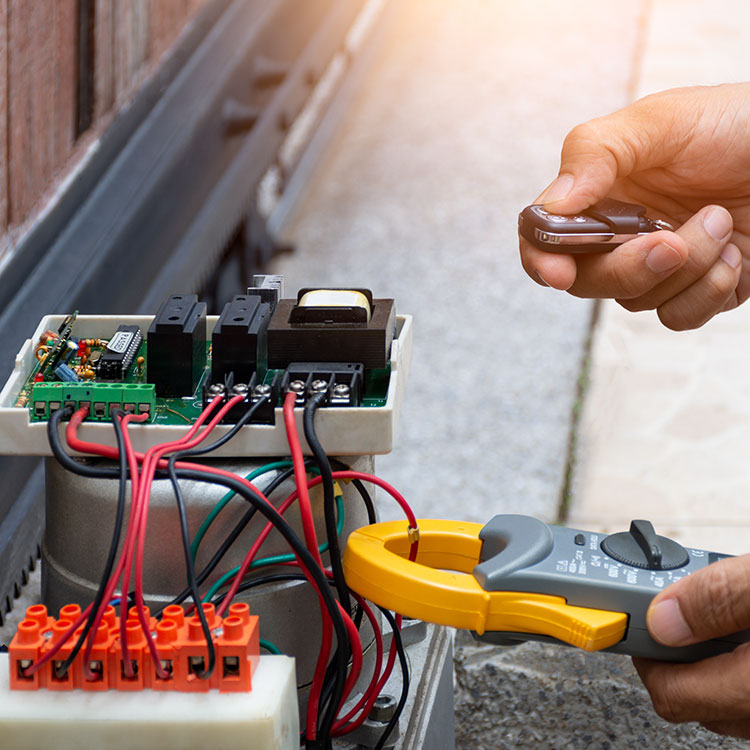
Load Test
- A test is carried out applying a voltage through a current limiting resistor to the mains supply plug and checks that the current flow will not be excessive when full voltage is applied to the appliance. The current flow is also compared with the declared current rating stated on the appliance’s information plate.
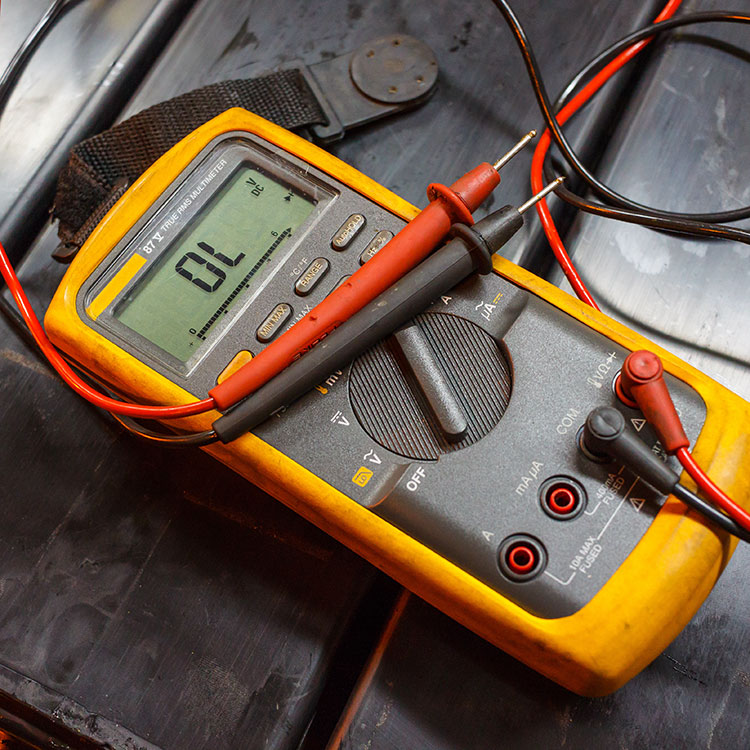
Touch Leakage Test
- The touch test displays the current that would flow if a person touched the appliance.
- The electrical test equipment detects any current flowing in the earth bond lead and indicates the potential leakage through a metal panel.
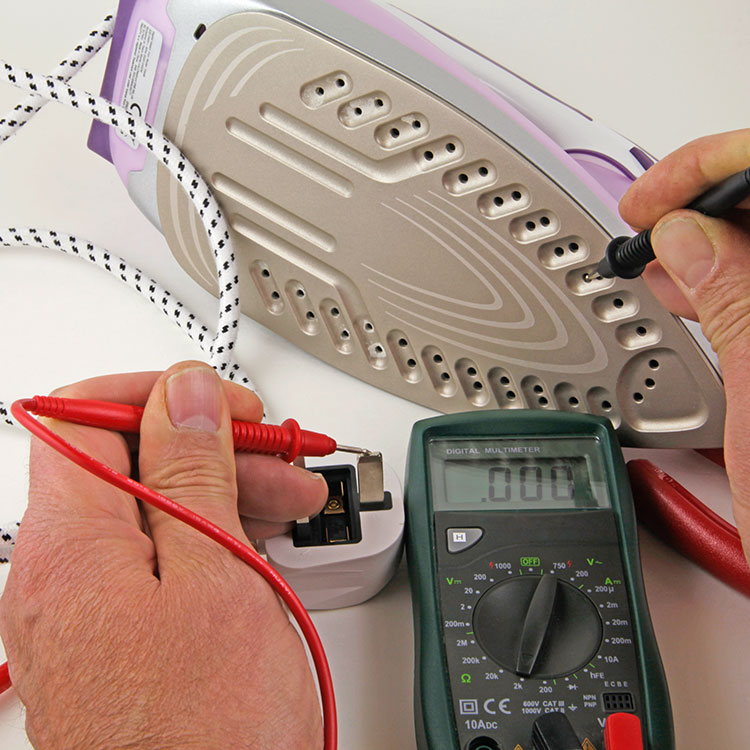
Functional Check
- A test is carried out to ensure that the appliance is working correctly and basically does what it is supposed to do in the right environment.
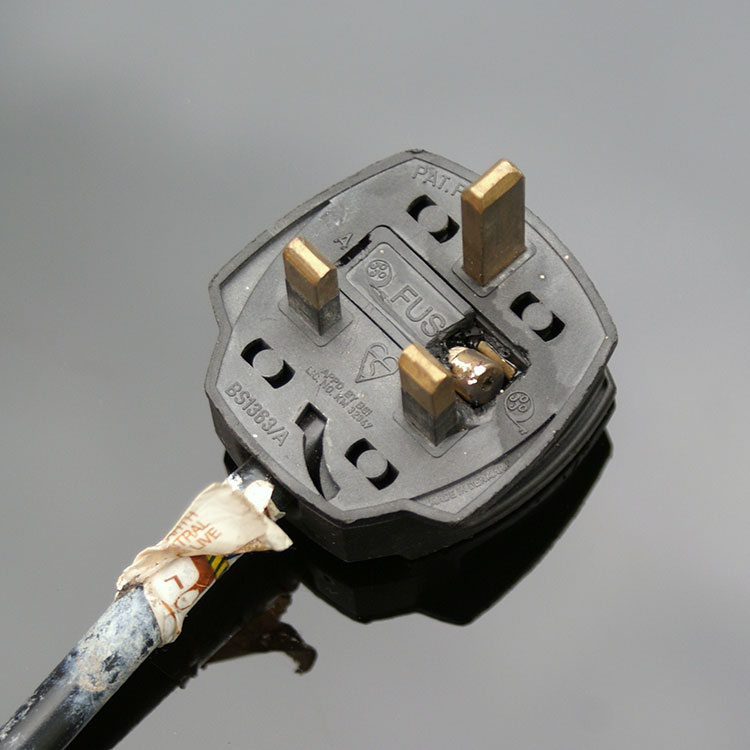
The Final Stage
Free Repairs
Minor faults found during the course of the inspection will be repaired as we find them and the appliance re-tested. All minor repairs are carried out free of charge, including the following:
- Replacement of faulty or damaged mains plug (BS1363).
- Replacement of damaged or incorrectly rated fuses.
- Re-wiring of incorrect connections in the mains plug.
- Repair to faulty cable grips in the mains plug.
- Minor repairs requiring less than ten minutes labour.
- Re-test following repair.
Test Results
Once the above are completed the test information is downloaded to our servers and the electronic copy can be emailed to you. A copy of all test results are held on our servers for the lifetime of our relationship, with free past copies forwarded to you upon request in the unlikely event that you loose them. A paper copy or CD copy of all results can also be produced and forward to you.
Once completed we automatically remind you of the next inspection in advance so that you can plan our visit.
